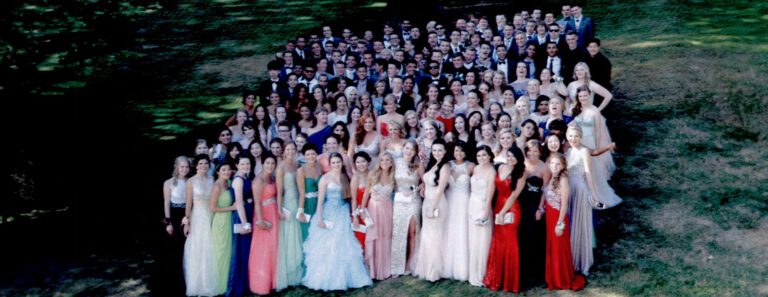A travelling art exhibit currently in Saskatoon by (Class of 1973) MEI alumnus and artist Ray Dirks, depicts the story of Mennonite women and their families immigrating to Canada after fleeing WWII and the revolution.
Source: GlobalNews.ca
SASKATOON – It’s an exhibit that’s been eight years in the making and on Sunday the Diefenbaker Canada Centre officially opened the travelling exhibit, Along the Road to Freedom: Mennonite Women of Courage and Faith.
Artist Ray Dirks painted 25 works depicting the journeys of Mennonite women and their families fleeing from the Soviet Union and Germany during the revolution and WWII.
“Just through the relating of the stories and getting to know them and then starting to bring those stories and images of the woman onto the paper, I can’t help but be powerfully moved. These stories are now seeming like they’re a part of my life,” says Dirks.
Dirks’ own great aunt Katrina Peters fled Russia and lost five children and her husband. Dirks says it’s important to know the struggles and sacrifices our ancestors made along their journey.
“I think many of us who are here by the second generation we don’t care about that journey anymore. We just take for granted the goodness that we’ve got here and I think that’s a shame. We should honor those who are responsible for us coming here,” says Dirks.
Wanda Andres’ family immigrated to Canada in 1948. Her Oma fled Ukraine after her husband and two oldest children were shot in Siberia. Her family’s painting depicts a crucial survival moment when her Oma was forced to sell her wedding ring for food.
“Her sacrifice for her children and her ability to keep the family together, which is really important and we were able to flee as a family and eventually come to Canada,” says Andres, exhibit committee member.
For both Andres and Dirks the exhibit and those depicted in it unify us all.
“I like the fact that yes, these are stories that focus on these women from one particular culture and faith background from a specific place in the world, but they’re universal stories,” says Dirks.
The exhibit runs until June 19. Watch videos » Global News | You Tube
The following info is taken from an article on CBC.ca’s SCENE, and outlines Dirks’ family connection to the work.
Dutch Anabaptists (Mennonites) established settlements in West Prussia and Danzig in the 16th Century. Beginning in the late 18th Century, at the invitation of Catherine II, Empress of Russia, many of their descendants moved to south Russia (Ukraine).
The Russian Revolution and its chaotic aftermath brought great horrors to Mennonite communities. Many families lost everything. Murders were common — a great grandfather of mine among the victims. Significant numbers were able to leave Russia for North America in the 1920s. Among those who did not leave were people who thought it could not get worse, so, stayed in the land they loved and where they had often prospered.
Under Joseph Stalin it did get worse.

Detail of “Katherina Dirks Peters” by Ray Dirks
“She harboured a great sadness but it did not bury her love or her faith.”
Katherina Dirks Peters, my grandfather Dirks’ sister, was unable to leave in the 1920s. In Stalin’s hell, her husband was arrested and murdered. Katherina struggled to survive with her two sons – three daughters had died earlier. In the midst of World War II, in 1943, she and her sons were among the 35,000 Mennonites who fled west from Ukraine towards Germany, praying their final destination someday would be Canada. While she fled, both her sons were taken from her by pursuing Russian troops.
Katherina managed to get to Germany and survived through the remainder of the war. At the invitation of my grandparents and with the help of the Mennonite Central Committee she managed to finally find safety in Canada in 1948. Of the 35,000 Mennonites who tried to escape the Soviet Union in 1943 only 12,000 succeeded.
Katherina eventually moved into a tiny one bedroom house in Yarrow, B.C., not far from where I grew up. In 1956 she learned her sons were alive in Russia. She begged Soviet authorities for years to allow her sons to visit her. Request after request was declined. In 1974 Katherina received a letter telling her to give up. Visits would never be allowed. She died a few months later.
How do I remember my great aunt? As one of the loveliest, most gracious, peaceful and humble people I’ve ever had the honour to have known. She held onto no hate, did not seek revenge. She harboured a great sadness but it did not bury her love or her faith.
The exhibit honours Katherina and more than two dozen other women like her, whose stories should not be forgotten.



